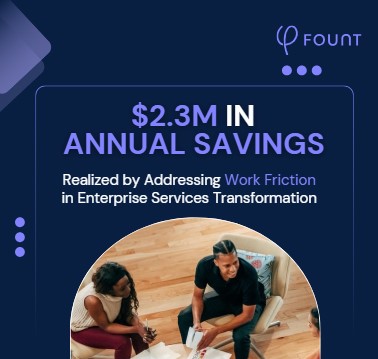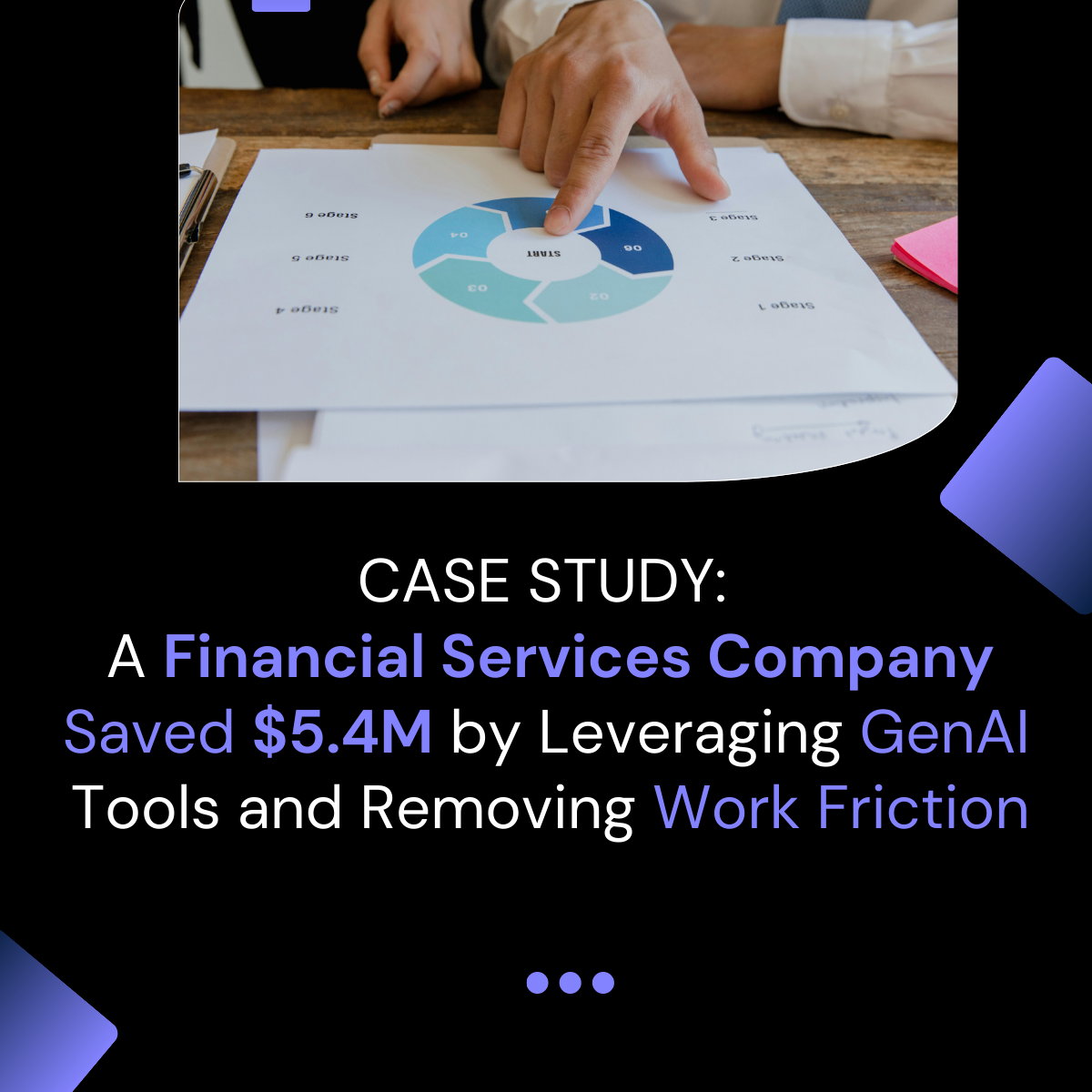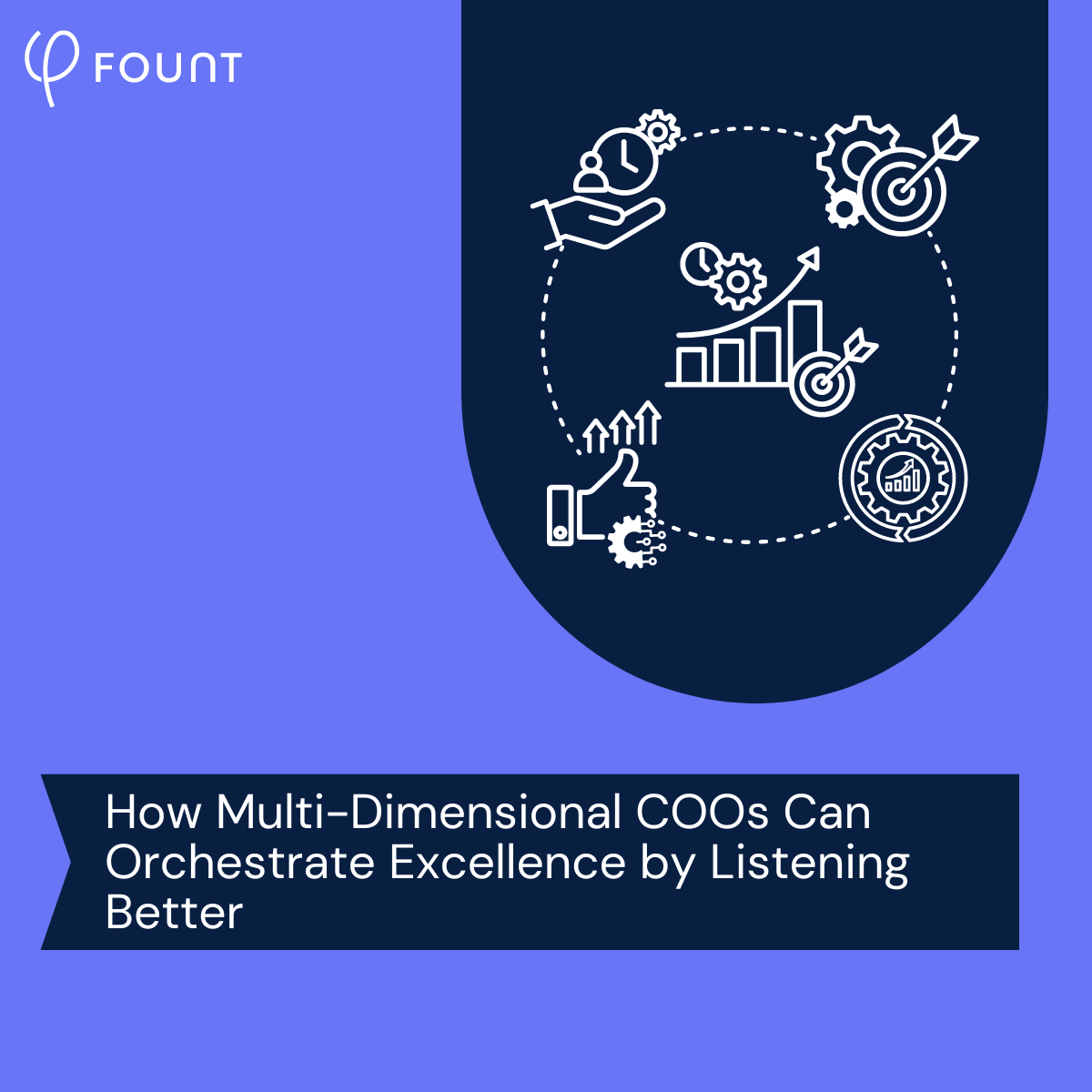Table of Contents
In 2025, AI Will Come of Age. Here’s How Employers Can See the Most Benefit
KEY TAKEAWAYS With a tightening labor market in 2025, companies will be looking to do more with less – which just happens to be one of the most coveted attributes of AI. In order to realize the expected productivity boost of AI, however, organizations need to be sure they’re deploying it in the right places. By studying employee touchpoints and understanding where work friction exists, organizations can more confidently implement AI and increase their chances of success.
In 2025, the combination of slowing labor force growth (with new entrants down 44 percent from pre-pandemic averages), an aging population, and an expected decline in immigration suggests that employers are going to have to do more with less. Yet half of employees are already struggling on overwhelmed teams.
Taken together, these two trends are pointing to the same solution: AI, your table is ready. One of the biggest upsides of AI, after all, is its ability to increase productivity. That’s why there’s no time like the present for leaders to put it to work to do more with less in their organizations.
Figure 1: Labor changes in 2025 mean the time is right for AI
And employees who are feeling inundated by current demands and suffering from burnout will likely welcome an AI assist. In a recent survey, 90 percent of users said AI helped them save time, 85 percent said it allowed them to focus on their most important work, and 83 percent said it made their work more enjoyable.
The labor market isn’t offering another choice. AI is no longer a “nice to have,” but rather a strategic imperative. In this post, we’ll show you how to use it to weather the coming storm.
Start By Defining the Problem
As much as employees may appreciate the potential of AI, they’ll want to be sure they’re getting something out of it. In other words, they’ll only adopt an AI tool if they can clearly see how it helps reduce the day-to-day pain points in their work. And if they don’t adopt it, your investment will fail.
That’s why you need to know what those pain points are and where they exist. Without listening to employees to better understand where they’re experiencing work friction, you’ll never know where AI can make the most difference to increase productivity.
We recently worked with a financial services firm that rolled out a new AI tool for its junior software developers to boost productivity. But the organization didn’t have a solid grasp of the developers’ work processes, nor a clear idea of where they were running into issues. As a result, the developers got bogged down reviewing areas where the AI had made errors and stopped using the new tool.
Evaluate AI Tools Using Work Friction Data
AI is designed to increase productivity by smoothing out problem areas, removing obstacles, and accelerating work. But randomly deploying AI and hoping it addresses those issues won’t yield the results you’re looking for.
Detailed work friction analysis, on the other hand, can show you exactly where AI can deliver the greatest impact in your organization (see Figure 2). By going deep with employees on their daily work moments and trouble areas, you’ll understand how AI can specifically target these pain points and thus maximize its effectiveness.
Figure 2: Work friction analysis shows where user pain points lie
In the case of the financial firm above, FOUNT surveys revealed where the junior developers were still having problems (and the reasons why they weren’t adopting the AI tool). Based on this work friction data, the firm implemented a GitHub Copilot to help with documentation and code review. As a result, the development team embraced the redeployed tool, and the company saw $5.4 million in annual savings.
As Your Employees Evolve With AI, Evolve With Them
Using work friction data to define the problem to solve and evaluate the effectiveness of a tool is a great starting point for any AI project. But it’s important to see these steps as just that – a starting point. One mistake many organizations make is to view AI as a “set it and forget it” type of technology. In reality, it’s anything but.
Describing AI as “transformative” is not just a choice of phrasing, after all. AI is by definition meant to change how your employees do their jobs. And, if implemented successfully, it almost certainly will. Now those jobs are fundamentally different, and your employees’ instances of work friction will be different as well.
The good news is that if you’ve already been measuring work friction in anticipation of an AI deployment, you can continue to do so on an ongoing basis after the rollout. Is the original AI tool still fulfilling expectations or should it be adjusted? Have new sources of work friction emerged that another AI deployment could help remedy?
Asking these kinds of questions going forward – with solid data providing the answers – will help you continue to get the most out of future AI investments.
In a Challenging Labor Market, Help AI Help Your Employees
Why is 2025 set to be the year that AI lives up to its potential? Because in the face of a tightening labor market, it’s more important than ever to increase productivity from existing resources. And that’s something that AI is built to do.
But AI can only do what it does best if you have a clear idea of where to deploy it. That’s where your employees come in. They know where AI can help them the most – and work friction data will help you understand this as well. Let us show you how to get started.
Related Resources
See all News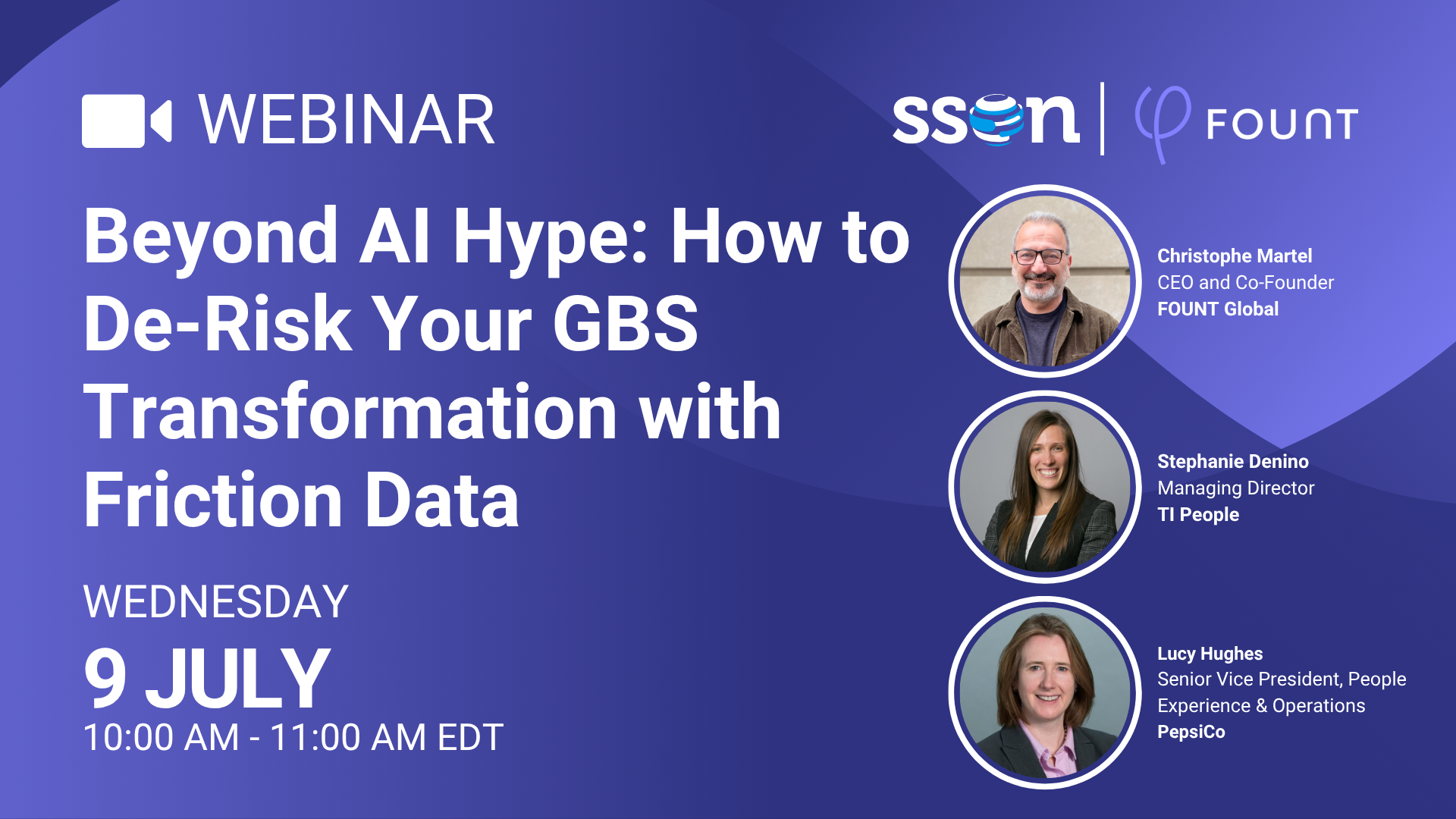
FOUNT News
LIVE Webinar. Beyond AI Hype: How to De-Risk Your GBS Transformation with Friction Data

Guest Post
3 Signs Your GBS Is Creating Friction Instead of Flow (And How to Fix It)
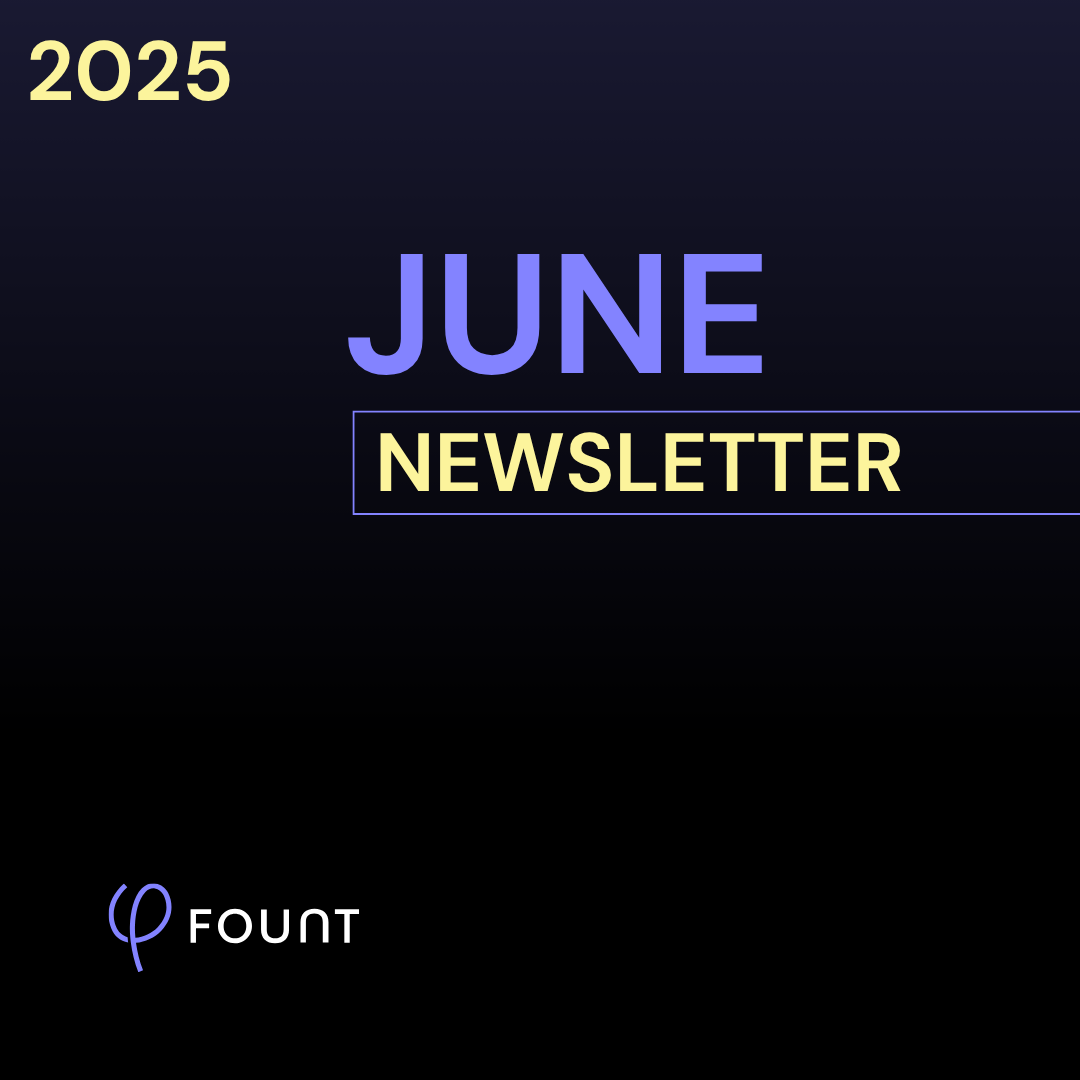
FOUNT News
June Newsletter: Friction is Killing Your AI ROI.
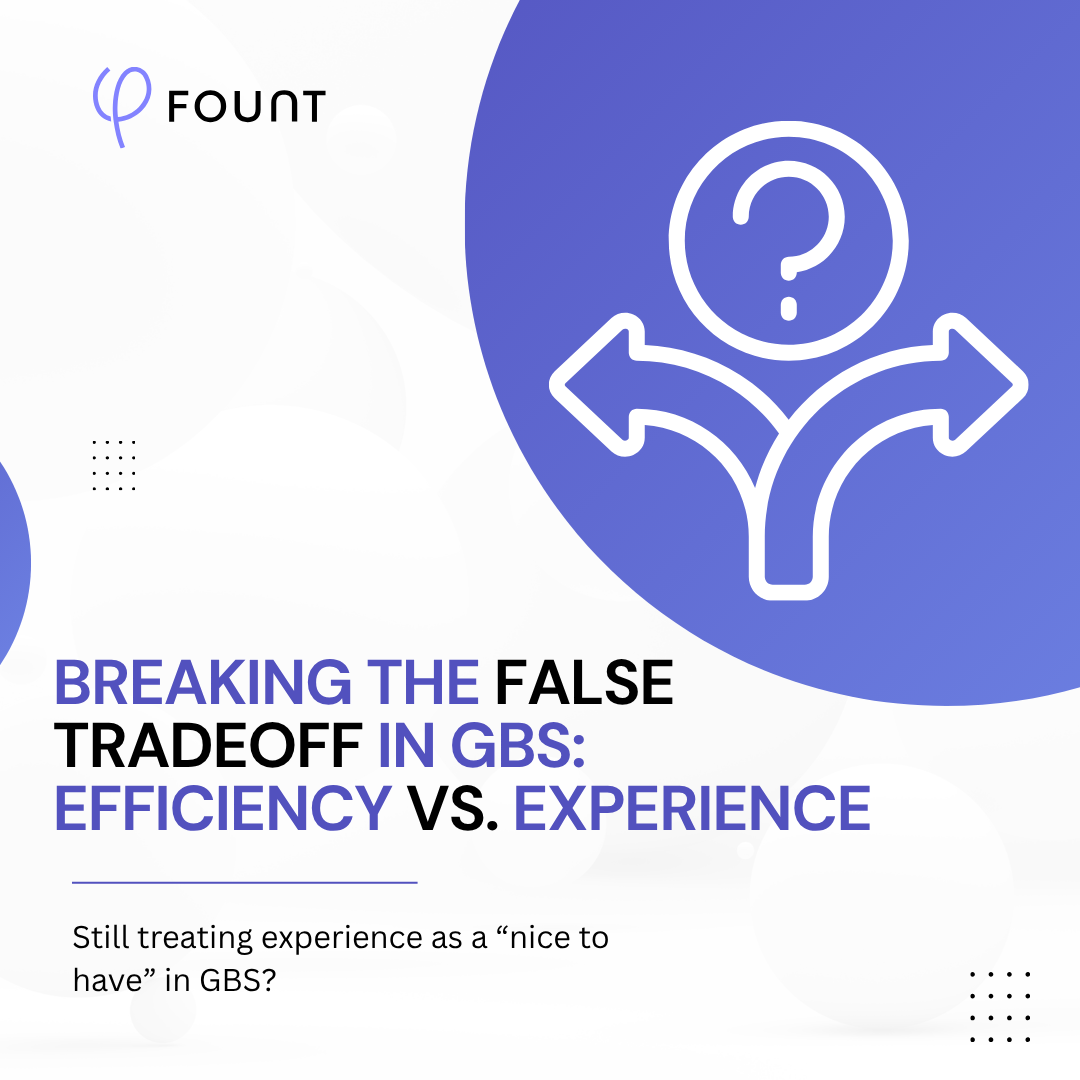
Insights
Breaking the False Tradeoff in GBS: Efficiency vs. Experience
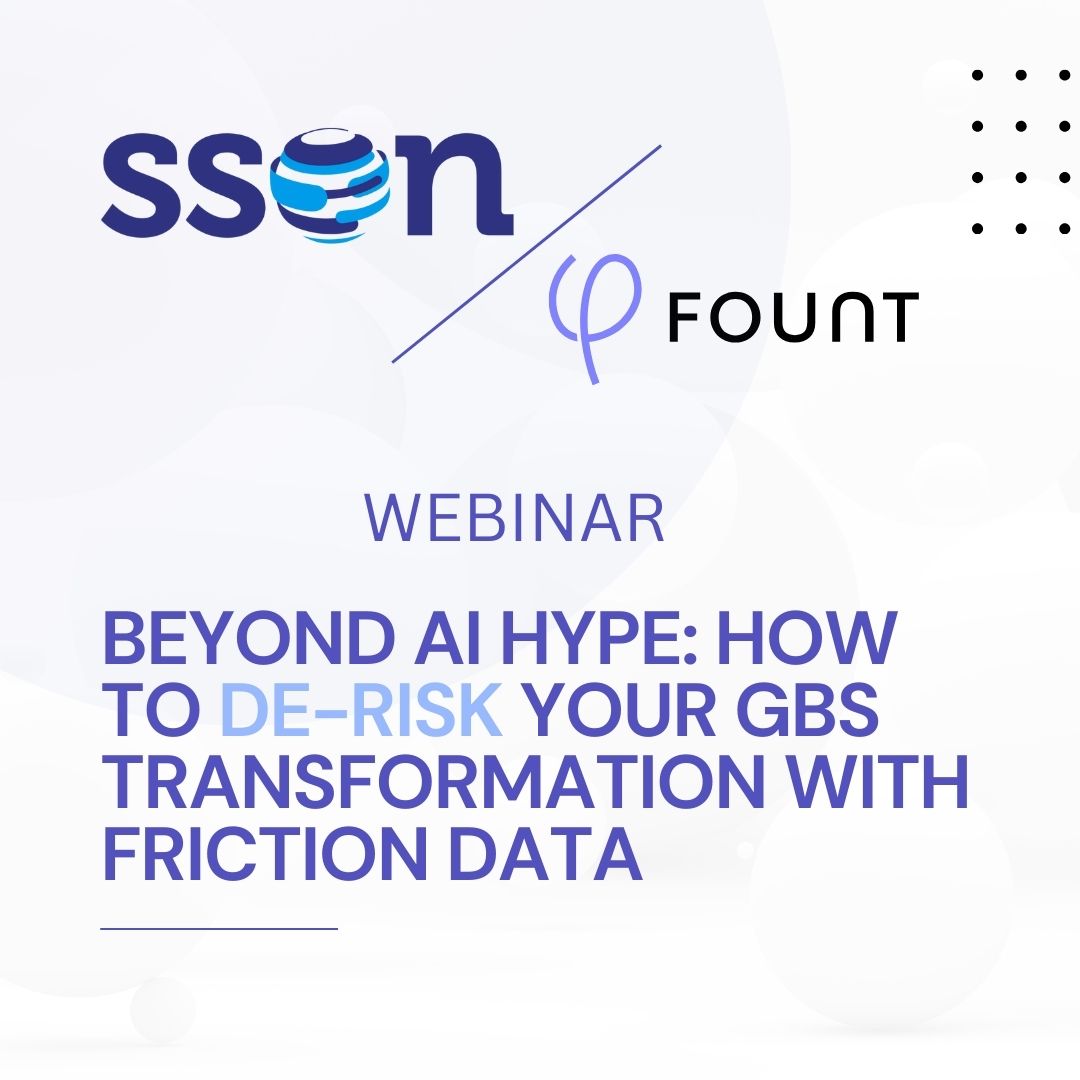
Events
LIVE Webinar – July 9th for SSON Network. Beyond AI Hype: How to De-Risk Your GBS Transformation with Friction Data
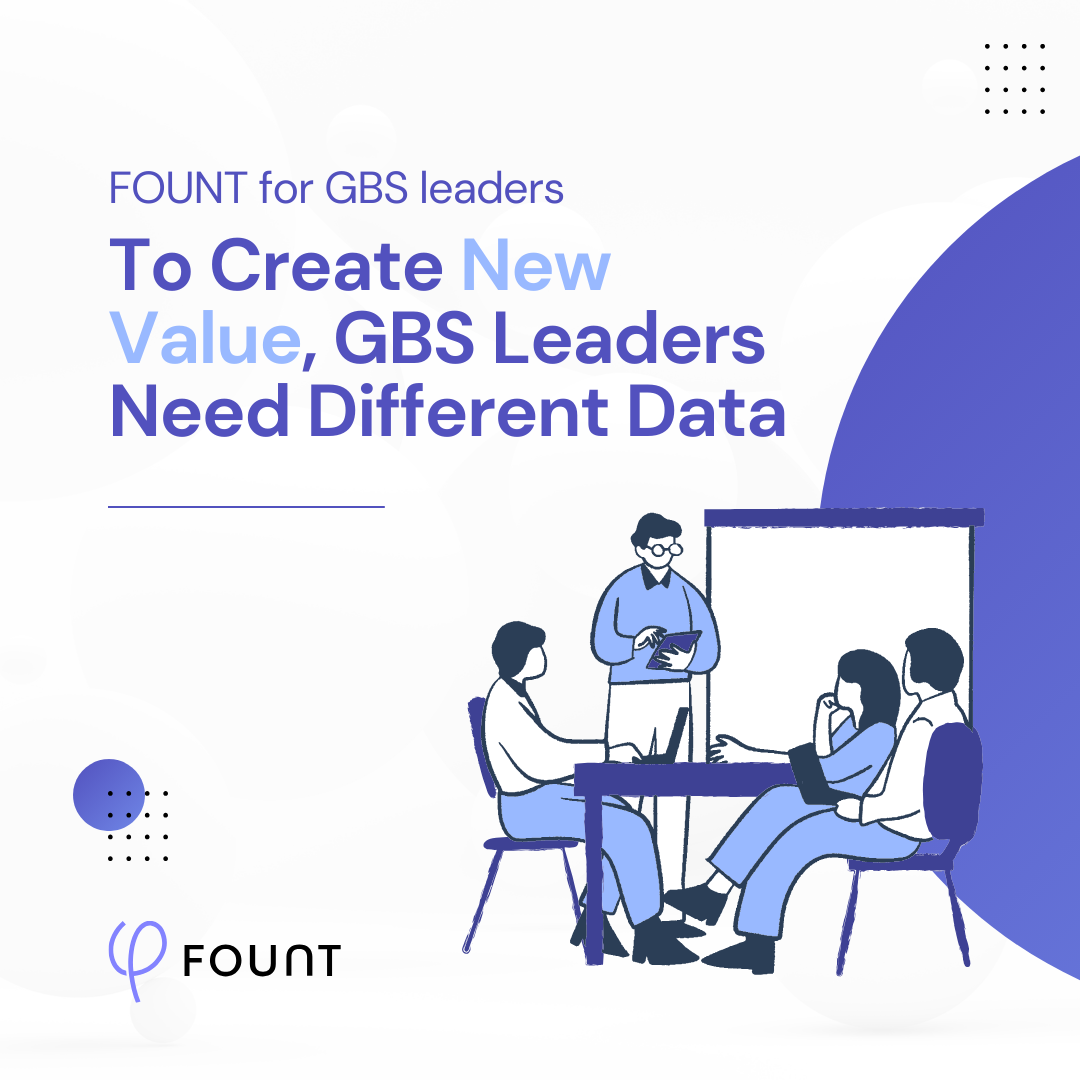
Insights
To Create New Value, GBS Leaders Need Different Data
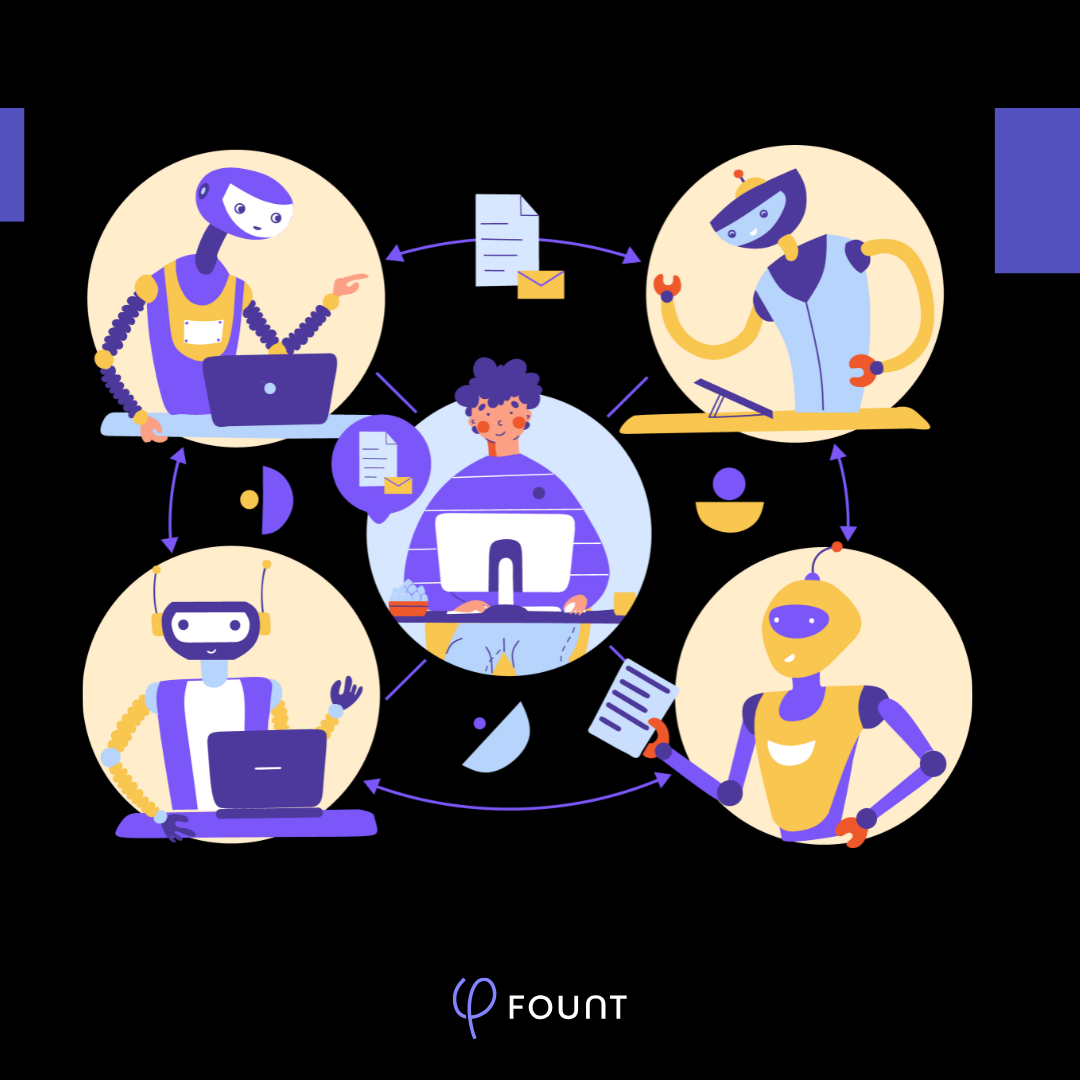
Insights
How to Keep Up with the Latest AI Developments
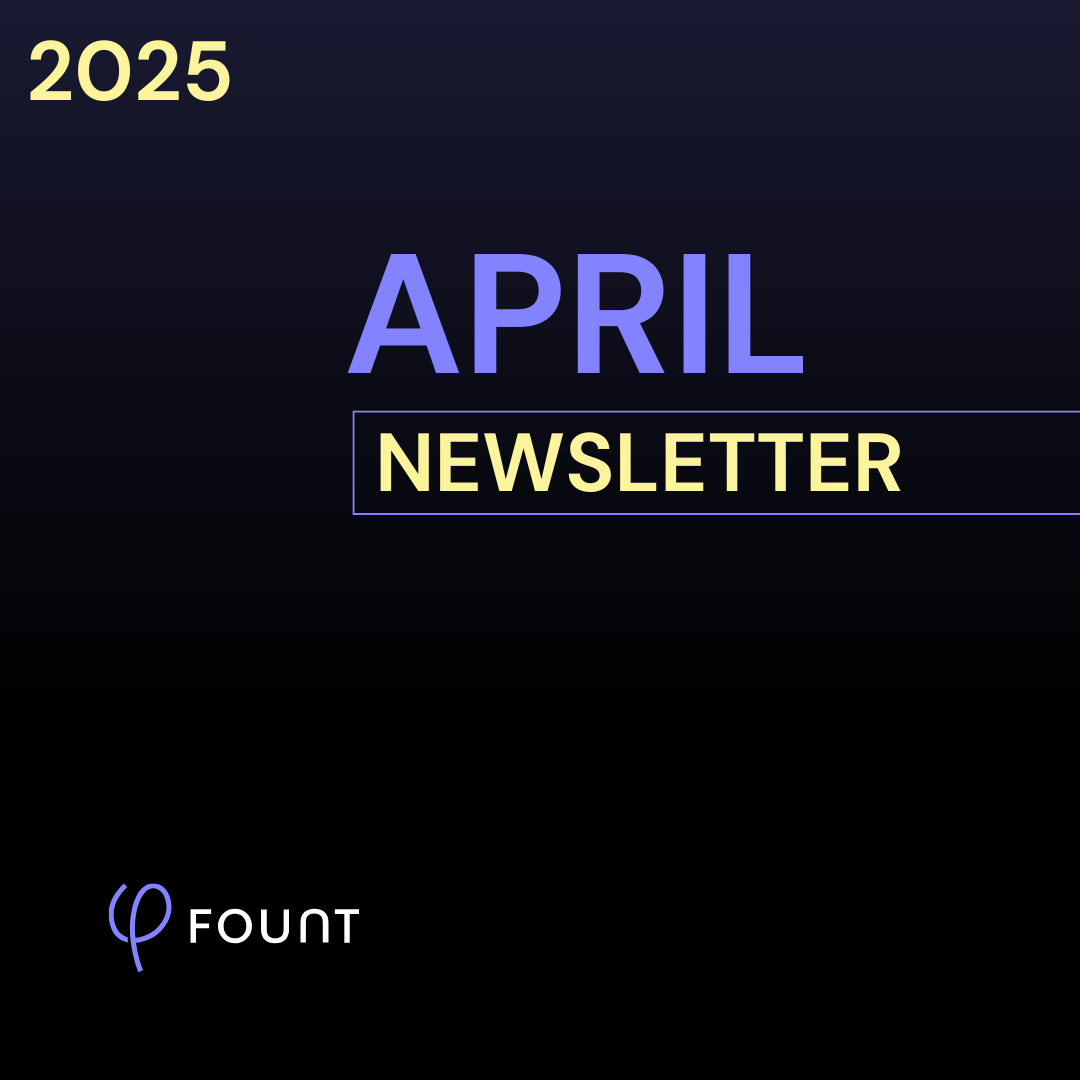
Insights
APRIL Newsletter. Friction: You Can’t Improve What You Can’t See
